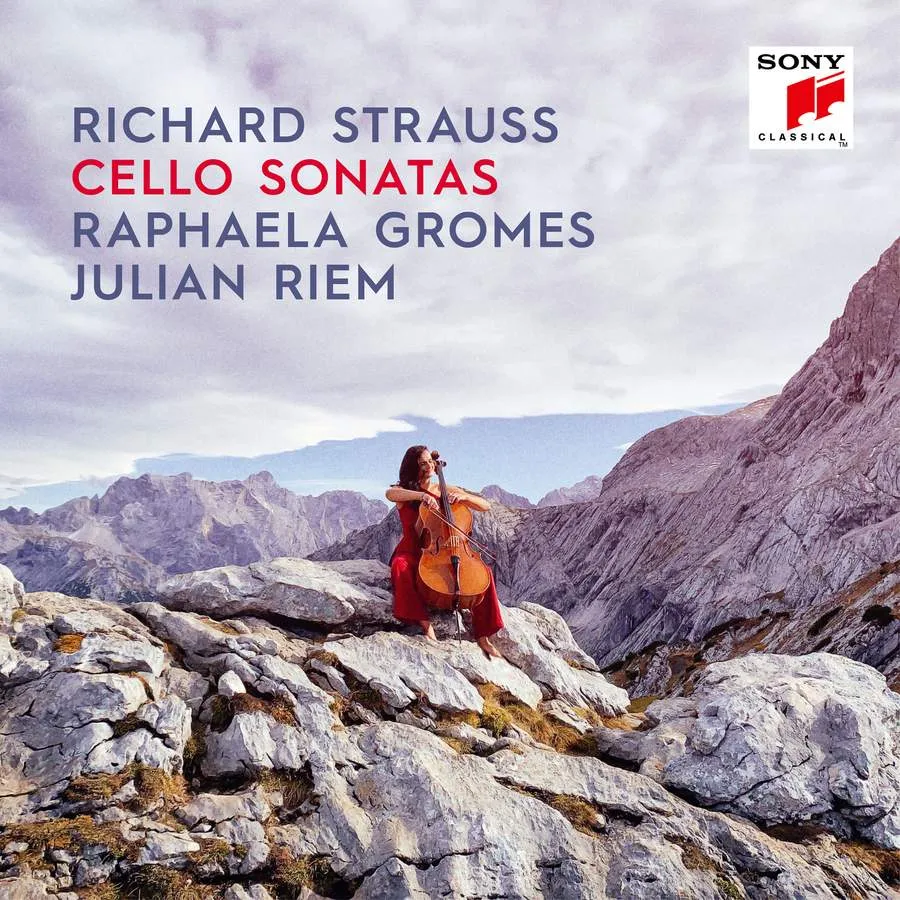
R Strauss Cello Sonata in F major, Op. 6; Zueignung, Op. 10 No. 1; Die Nacht, Op. 10 No. 3; Du meines Herzens Kronelein, Op. 21 No. 2; Morgen, Op. 27 No. 4; Der Rosenkavalier – Concert Waltz etc Raphaela Gromes (cello); Julien Riem (piano) Sony Classical 19439718832 71:00 mins
With Strauss coming out of copyright, it is only now that the first version of the 17-year-old composer’s Op. 6 cello sonata (1881-2) is available, a work he substantially revised to achieve the work we know today.
With Strauss coming out of copyright, it is only now that the first version of the 17-year-old composer’s Op. 6 Cello Sonata (1881-2) is available, a work he substantially revised to achieve the work we know today.
Listening to both versions, one has to wonder why the Sonata has been such a Cinderella work, never reaching the canonic status of Brahms, Mendelssohn or Schumann’s works for the instrument. With its finely-wrought Romantic elegance, lavishly lyric slow movement and effervescent Allegro, it delivers everything one could ask of a 19th-century cello sonata, with a sophisticated and dynamic partnership between the instruments.
Strauss’s revision (in 1883) may be masterly, but his first try is impressive. In this persuasive performance by Raphaela Gromes and Julian Riem, the early work bursts into irrepressible life. In the opening movement, the motoric figures accompanying the swooping theme place it in a Mendelssohnian world, as does the gentle, major-key Larghetto, markedly different from the profound, brooding D minor Andante that followed (given a glorious reading here). Athletic scales in the first Allegro finale are replaced by a more rhythmically taut, rigorously worked caprice in the later version, only two years later, with hints of the later Strauss’s theatrical irony. There are moments in the first version one wouldn’t be without: a sudden sun-coming-out change to the major before the first movement’s final stretta, or its dizzyingly virtuosic ending. Beguiling song arrangements make up the balance of the disc. Beautifully detailed performances combine with a powerful sense of music cherished. Recommended.
Helen Wallace
